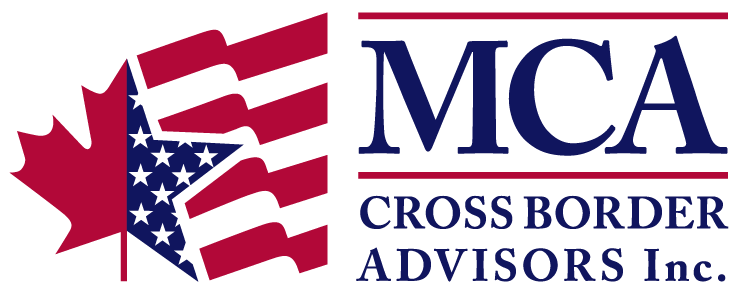Navigating Investment Changes When Moving from the U.S. to Canada: A Personal Journey
When I married my Canadian spouse, I never imagined how much my life—and my investment strategy—would change. As an American citizen with a well-established U.S.-centric portfolio, the move to Canada presented both challenges and opportunities. I quickly realized that navigating cross-border financial planning is not just about adjusting to a new country; it’s about rethinking the entire investable universe.
Understanding the New Investment Landscape
One of the first things I had to confront was the restriction on opening certain accounts in Canada, such as the Tax-Free Savings Account (TFSA). As a U.S. citizen, the TFSA, while advantageous for Canadians, is not as beneficial for me due to its U.S. taxability and tax reporting requirements. Additionally, Canadian mutual funds and ETFs are classified as Passive Foreign Investment Companies (PFICs) by the IRS, making them unattractive to hold in a non-registered (taxable) account due to the resulting punitive U.S. tax treatment. This meant that I had to shift my initial focus from mutual funds and ETFs to individual stocks and bonds.
But with change comes opportunity. This shift forced me to reevaluate my U.S.-centric portfolio, which had been heavily invested in the S&P 500, and consider the attractive companies listed on the Toronto Stock Exchange (TSX). It was time to explore the investment opportunities that Canada had to offer. Fortunately, I had spent many years researching and investing in individual stocks and bonds, so I was well-prepared.
Comparing the S&P 500 and the S&P/TSX: Sector Weightings Matter
One of the most striking differences between the U.S. and Canadian markets is the sector composition of their respective major indices: the S&P 500 and the S&P/TSX. The S&P 500 is well-known for its heavy weighting in Technology companies, which make up 31.4% of the index. This tech dominance has driven much of the outperformance in U.S. markets over the past decade. The next largest sectors in the S&P 500 are Financials at 13.1% and Health Care at 11.9%, with these three sectors collectively representing over 56% of the index’s market capitalization.
In contrast, the S&P/TSX is more concentrated in Financials, which account for 31% of the index. The Energy sector follows at 17.7%, and Industrials at 13.6%, with these three sectors making up over 62% of the index’s market capitalization. This difference in sector weightings presents both unique opportunities and challenges for investors like me who are transitioning to a new financial landscape.
Embracing New Opportunities
The Canadian market’s heavy weighting in Financials, Energy, and Industrials provides a different flavor to my portfolio. While the U.S. market’s technology sector has seen significant gains, Canada offers the opportunity to invest in high-quality banks, energy companies, and industrial firms—sectors that are crucial to the Canadian economy and less represented in the S&P 500.
For example, Canada’s “Big Five” banks are known for their stability and consistent dividends, making them attractive for income-focused investors. The Energy sector, while more volatile, offers exposure to companies that are global leaders in natural resources. Additionally, the Industrials sector provides opportunities to invest in companies that are integral to the infrastructure and manufacturing backbone of the country.
Diversifying into these sectors not only helps balance my existing US portfolio but also allows me to embrace my new life in Canada more fully. By investing in the companies that drive the Canadian economy, I’m not just living here—I’m participating in the growth of my new home.
Planning for Challenges and Embracing Opportunities
Moving across the border has its challenges, but it also opens up new avenues for growth and diversification. Whether you’re adjusting to new tax rules, restricted investment options, or a different market landscape, it’s important to plan carefully and embrace the opportunities that come with change. And remember, you don’t have to navigate these waters alone—seeking help and guidance from cross-border financial experts can make the transition smoother.
Sources: S&P Global, Bloomberg

MCA Cross Border Advisors, Inc. is a registered investment adviser. Information presented is for educational purposes only and does not intend to make an offer or solicitation for the sale or purchase of any specific securities, investments, or investment strategies. The content of this presentation is for information purposes only and should not be construed as investment or financial advice. Investments involve risk and, unless otherwise stated, are not guaranteed. Be sure to first consult with a qualified financial adviser and/or tax professional before implementing any strategy discussed herein. Past performance is not indicative of future performance.
